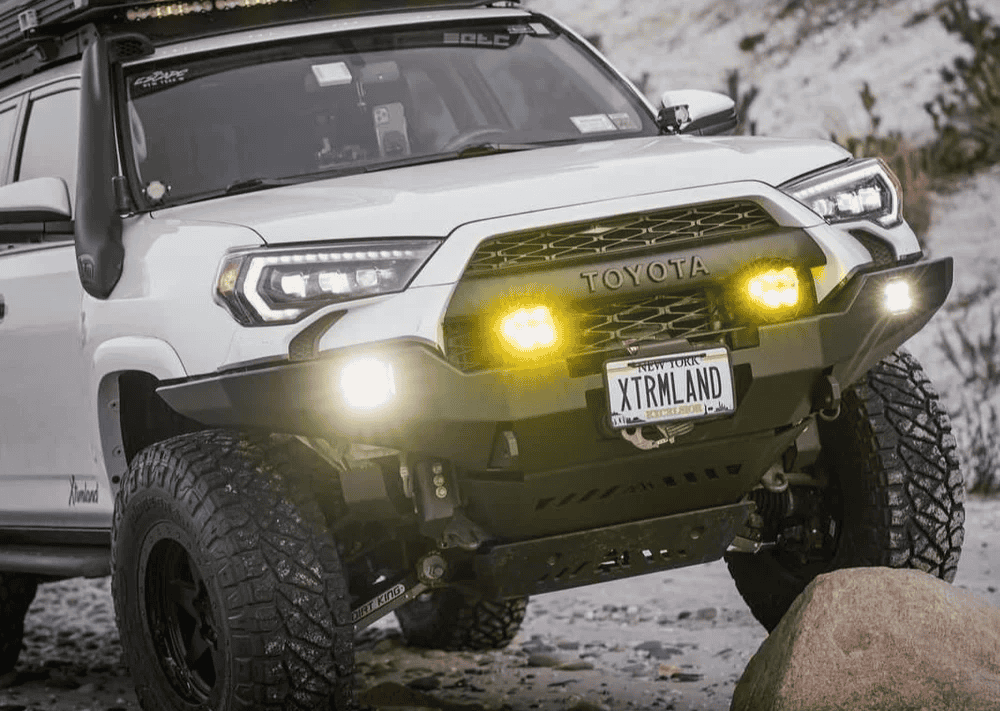Overland Vehicles

Shelter changes the way you use camp. An effective awning and shade system lowers surface temperatures, protects skin from ultraviolet radiation, and turns dead space beside a vehicle into a lounge, cook station, or gear zone. By blocking direct sun, these systems reduce cabin heat load so fridges cycle less and power systems work easier. In light rain, a taut canopy lets you cook and sort gear without tracking water inside. The best setups deploy quickly, remain stable in gusts, and pack down without fuss.
Coverage is more than square footage. A deeper projection provides useful shade around midday when the sun is high, while wider span helps mornings and late afternoons. Angle matters too. Tilting a leading edge encourages runoff and controls pooling. Add side walls or a short wing on the sun side and you can chase shade across the day without moving the vehicle.
Look at projection depth, width, and the arc of shade as the sun moves. Straight pullout designs cover one side well, while wraparound canopies create a patio effect that carries to the rear doors. A slight tilt sheds water and improves wind manners.
Polyester with a proper polyurethane coat resists water and dries fast. Acrylic fabrics breathe and stay cooler to the touch. A high ultraviolet protection factor rating limits sun exposure and preserves interior finishes. Heavier cloth often flaps less and lasts longer but may pack larger.
There are several common styles. Straight pullout canopies ride in a slim case and extend along the passenger side. Wraparound designs sweep to the rear for two hundred seventy degree coverage that transforms camp. Freestanding models use engineered tension and rigid arms to stand without legs in calmer conditions, while leg supported versions offer adjustable height and more margin when wind picks up. Walls and rooms add privacy and block low sun, yet they add setup time and bulk.
Match the awning length to the space you plan to use. A shorter unit works for quick lunch stops or tight forest sites. A longer body creates a more versatile outdoor room with space for cooking, bikes, and lounging. If you add walls, think through door placement to keep foot traffic flowing and to avoid trapping heat.
Self supported arms speed stops and keep the ground clear for bikes, pets, and kids. In breezy afternoons, legs let you pin corners and fine tune tension. Many travelers carry guy lines and ground stakes regardless of design, adding insurance when storms roll in.
Modular walls create wind breaks, shade in low sun, and privacy for a camp shower or quick wardrobe change. Mesh panels allow airflow while muting bugs. Solid panels block the brightest afternoon glare and help hold heat when evenings cool.
Mounting is a structural decision. Roof racks make integration easier with load spreading and multiple connection points. Direct to body mounts may require specialty brackets and careful sealing to keep water out. Always align mounts to strong rack crossbars or factory hard points, check fastener torque, and verify door clearance. A slight forward shift can reduce wind noise, while keeping weight low and centered helps handling.
Wind is the reality check. Any awning can suffer in strong gusts if left open. Use guy lines, brace arms, and collapse the canopy when leaving camp. Rain requires attention to tilt and tension so water drains from a corner rather than pooling at the center. Snow should be brushed off immediately.
Maintenance is simple. Rinse dust and salt, let fabric dry fully before stowing, and inspect stitching, hinges, and hardware each month of active use. Lubricate moving parts sparingly to avoid attracting grit. Replace tired guy lines and check stake heads for bends.
Most racks accept slotted hardware that allows precise positioning. Spreader plates distribute loads, while secondary brackets stabilize long canopies. Keep wiring for camp lights tidy and protected along the rack channels.
OZK Customs builds and outfits complete travel platforms, so integration is more than bolting on a box. When awnings, racks, lighting, and power systems are planned together, the result is cleaner wiring, quieter highway manners, and fewer surprises in the field. Explore our approach to capable rigs on Overland Rigs.
Clean with mild soap, avoid harsh solvents, and store dry. Check for UV fade at stress points. A fabric protectant can restore water beading after long use, and fresh shock cord in poles keeps setup smooth.
When your build calls for engineered mounting, sealed wiring for perimeter lighting, or a matching rack system, our team handles the full package with attention to structure and finish. See how we tailor components for each platform in custom overland upfit, then learn what sets our process apart at why choose OZK Customs.
Bring more shade, less hassle. Tell us how you camp, where you travel, and what gear you carry. We will spec the right awning and shade system, design the mounting solution to match your rack and body, and hand you a setup that deploys quickly and rides quiet between destinations.
Ready for sun smart shelter that fits your build perfectly? Tell us how you travel and we’ll design, mount, and dial in the right awning solution. Start your OZK spec today.
ADDRESS:
6159 E Huntsville Rd, Fayetteville, AR 72701
PHONE:
(479) 326-9200
EMAIL:
info@ozkvans.com